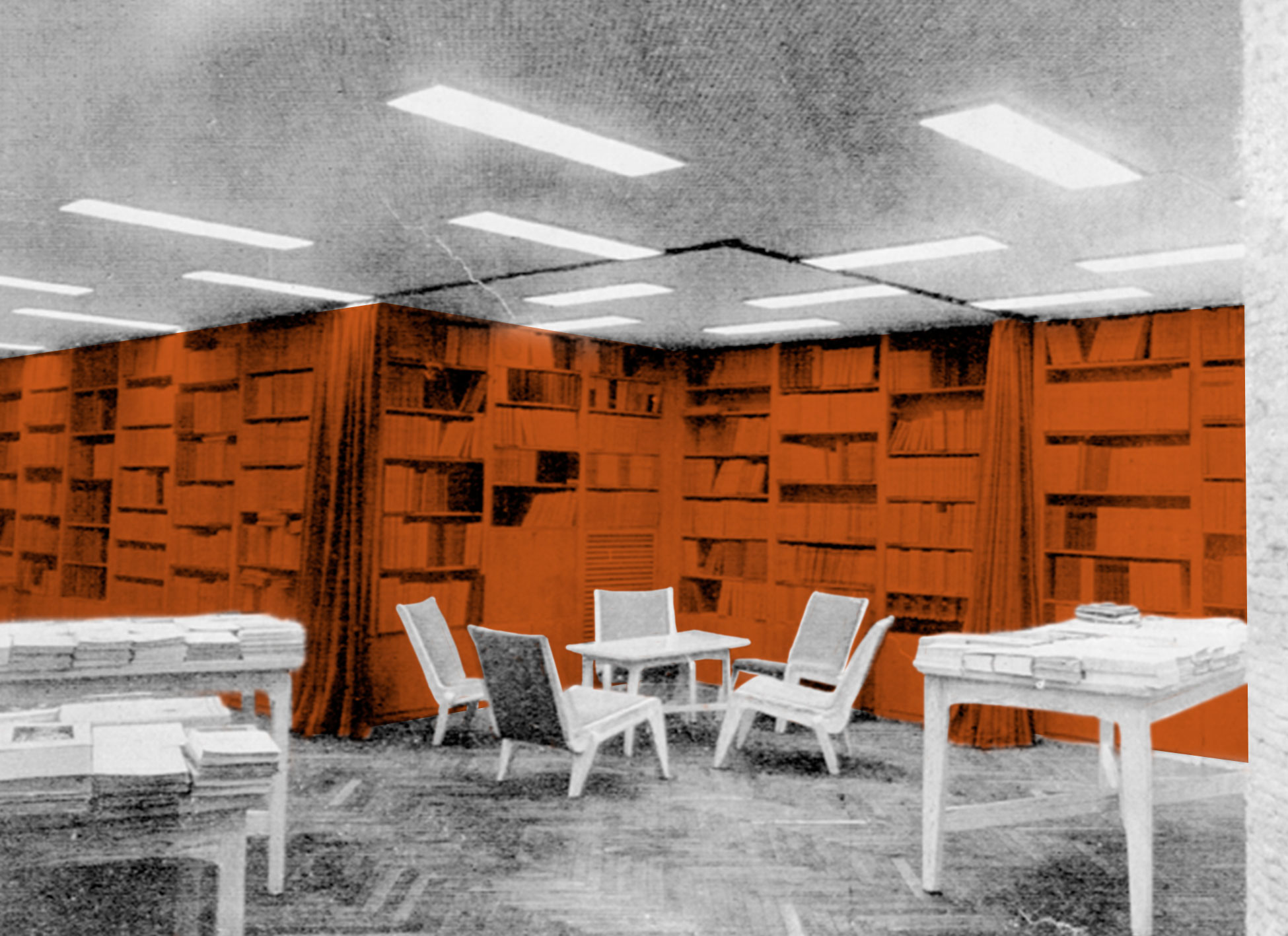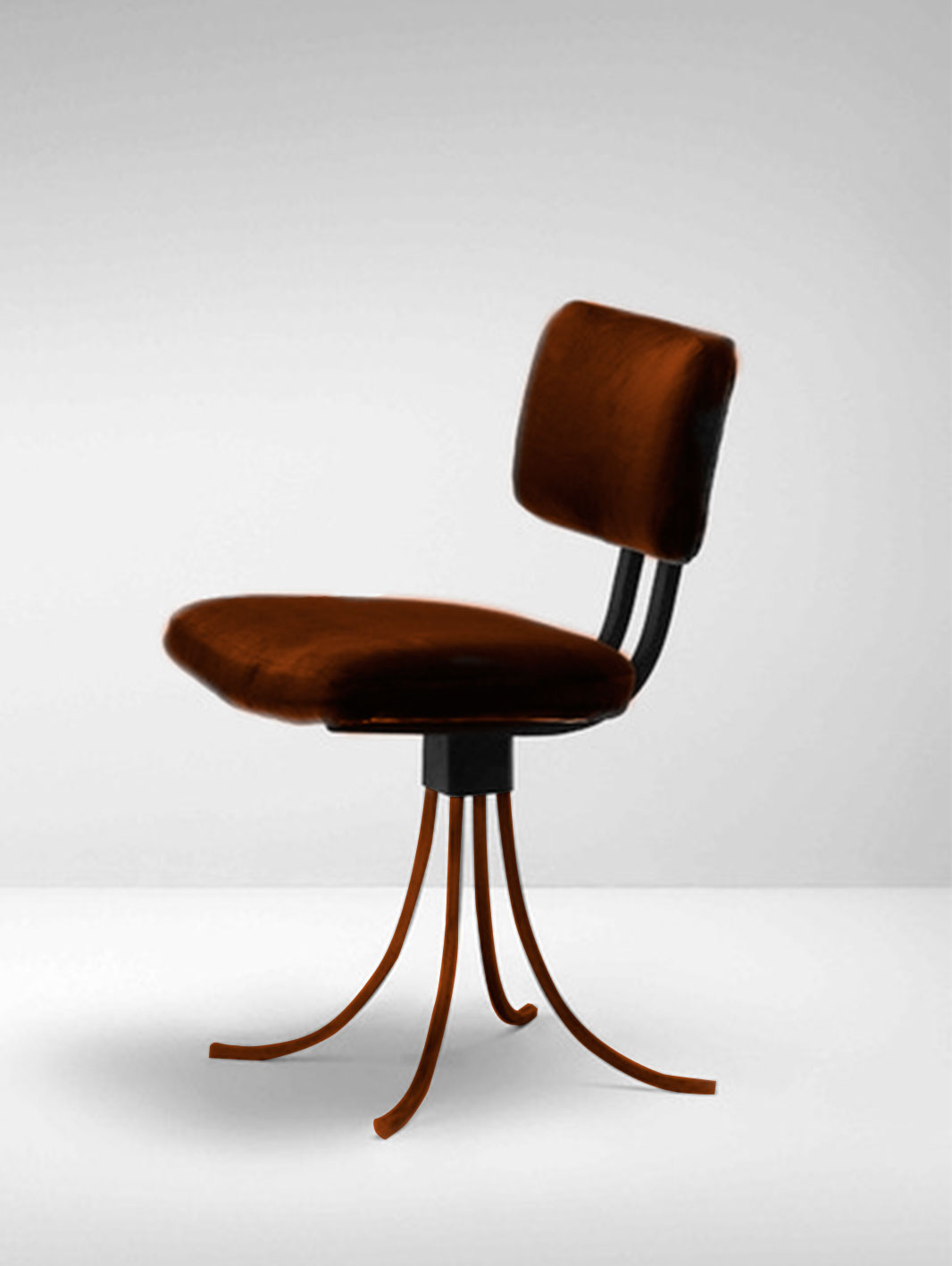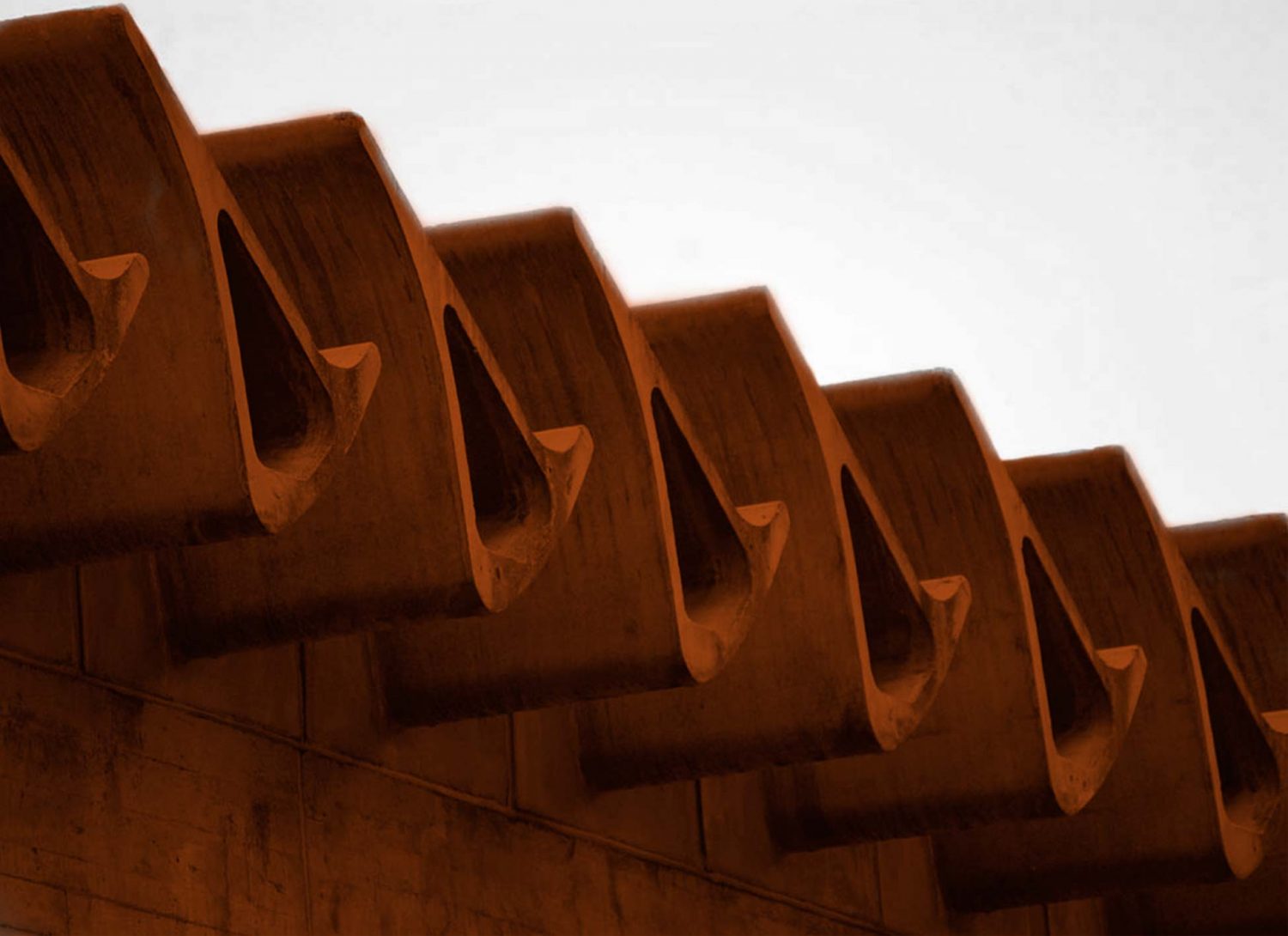INTERIOR
Miguel Fisac & his Chicken-Legged Chairs #Miguel Fisac

Miguel Fisac is one of the most important names in the recovering of modernity of Spanish design after the break caused by the Spanish Civil War and the first decade of the post-war. His work as an architect was always linked to another work as a designer of elements for construction, but also of the furniture in his buildings.
Who should design furniture? If it is a task for the architects, as it should be and it is abroad, can we architects allow ourselves to go regrettably round and round these historical, hysterical, colonial, Isabelline styles?Miguel Fisac, “La casa de vivienda en Madrid”. Revista Nacional de Arquitectura, 1951
For Fisac, this recovering initially meant an assimilation of the Scandinavian Empiricism, a movement that cared about the global design of interiors including soft shapes and warm materials such as wood. An outstanding example of this is the bookshop that he designed for the Centre of Humanities of the High Institute of Scientific Research, with pieces of furniture clearly inspired in the work of Scandinavian designers such as Finn Juhl.
In his maturity stage, he shifted his interests from global interior design to structural innovation. Even though, Fisac designed at that time a series of furniture introducing this structural innovation, known as “chicken-legged chairs”.
This series was commanded by a shipping company that needed particularly well-balanced furniture for its leisure ships. Fisac answered this necessity by designing a base made of four chromed steel plates that bend to lean tangentially on the floor. Fisac used this base in different furniture for some of his most important buildings in the sixties, such as the Provincial Government Headquarters in Ciudad Real and the Centre for Hydrographic Studies in Madrid, where he also used his famous bone-shaped beams.






